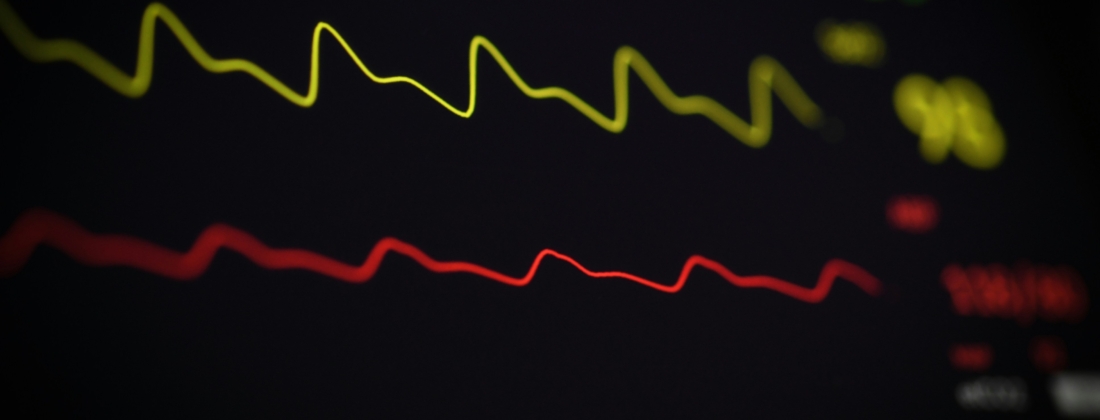Stroke affects around 15 million people globally every year according to the WHO. Stroke can lead to significant health consequences or even death, and further knowledge of causes for prevention is a priority. Atherosclerotic plaques that can rupture and cause stroke has been investigated by a combination of X-ray imaging and machine learning to understand more about stability and risks.
Metals that we get may get from food or supplements are crucial for the function of the organs in our bodies. However, a lack of balance in the amount and chemical form of metals may be connected to pathological processes. X-ray methods are well suited for detecting small amounts of metals and in the case of atherosclerotic plaques can give insights into risks of plaques rupturing and causing a stroke.
“The level of detail allows for a more comprehensive understanding of the elemental composition and spatial distribution within plaques, potentially providing insights into their stability. Such information is valuable for medical research, as it is associated with the probability of the plaque to rupture or erode, which is the cause of most cardiovascular events currently all over the world,” says Nathaly De La Rosa, one of the authors of the study, former researcher in Medical Radiation Physics at Lund University, and current scientist at the European Spallation Source.
In the study the X-ray methods are enhanced by machine learning, a promising combination for future medical research.
“It is of particular interest in medical diagnostics and research, as it addresses the need for more precise tools to characterize complex biological structures,” says De La Rosa.
MAX IV, as a fourth-generation synchrotron, provides excellent opportunities for a focused X-ray beam and high-resolution imaging.
“The beamtime at MAX IV allowed for high-resolution, nanoscale scanning and X-ray fluorescence mapping of the plaque samples, achieving the 200 nm step size necessary to capture fine details. Such resolution is difficult to achieve with conventional X-ray sources, and it enables the generation of detailed elemental maps. Without this access to MAX IV’s cutting-edge equipment, the intricate imaging required to distinguish subtle elemental variations and tissue types within the very complex human plaques would not have been possible,” explains De La Rosa.
Higher resolution and complexity can make data harder to interpret, which is where machine learning comes in.
“By using clustering methods like Gaussian mixture models (GM) and Bayesian Gaussian mixture models (BGM), the study presents an advanced, automated approach to analyzing nanoscale XRF data—a task that is otherwise challenging due to the intricate, overlapping patterns in these images,” says De La Rosa.
The successful combination led to surprising insights for the group. Areas that normally show up using X-ray imaging as high contrast due to the high absorption of X-rays have been known to be calcium-rich, but with the new method, the researchers could see that there was, in fact, much more going on in these areas.
“Identifying distinct contributions of elements within regions that showed high X-ray absorption was unexpected, as it highlighted the unique elemental fingerprints in different plaque regions with greater specificity than manual analysis could achieve,” explains De La Rosa.
The study continues, and the method may also be interesting to apply to other similar problems.
“The next steps may involve expanding this clustering approach to analyze a larger dataset of plaque samples, which could improve statistical reliability and identify additional elemental patterns associated with different stages or severities of the plaques. Additionally, applying the clustering techniques to other types of tissue samples could verify the versatility and adaptability of these methods for broader biological applications,” concludes De La Rosa.




